10 Things You Didn’t Know About Unusual Animal Sleep Habits
In the grand tapestry of life on Earth, sleep weaves a thread that is as enigmatic as it is essential. While humans are familiar with their own sleep patterns, the animal kingdom showcases a mesmerizing array of slumber habits that defy conventional understanding. From creatures that sleep with one eye open to those that hardly seem to sleep at all, the diversity of sleep strategies in the wild is a testament to nature's adaptability and ingenuity. This article embarks on a journey through the lesser-known corridors of animal sleep, unveiling 10 astonishing secrets that will challenge your perceptions and ignite your curiosity. Prepare to be amazed by the ingenuity of nature as we uncover the secrets of animal slumber that you never knew existed.
1. The Art of Unihemispheric Sleep in Marine Mammals
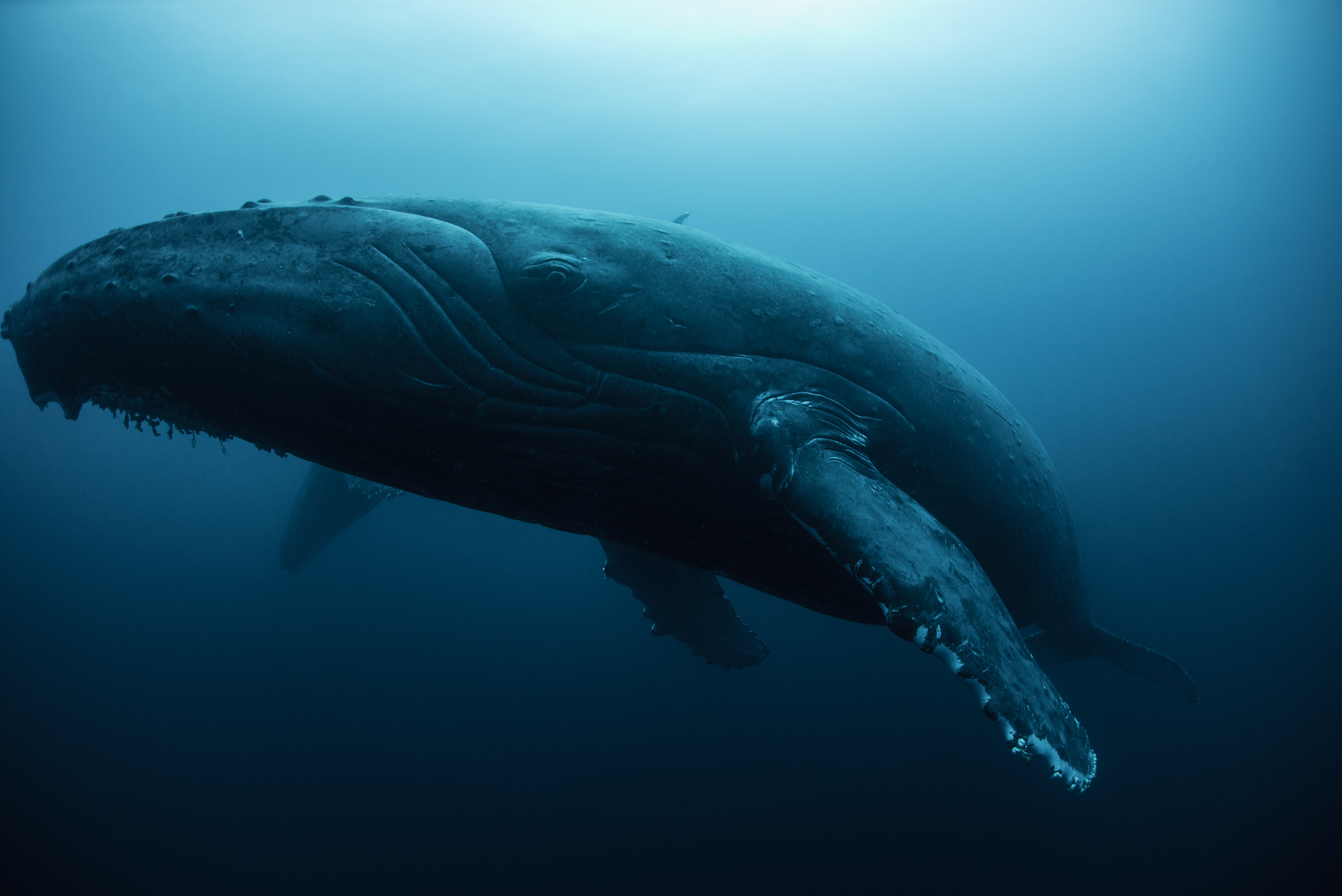
Marine mammals, such as dolphins and whales, face a unique challenge when it comes to sleep: they must remain conscious enough to surface for air while still achieving rest. This conundrum has led to the evolution of unihemispheric slow-wave sleep, a fascinating adaptation that allows one hemisphere of the brain to rest while the other remains alert. This remarkable ability enables these animals to maintain essential bodily functions and environmental awareness even while partially asleep. Unihemispheric sleep is not just a survival mechanism but also a testament to the complexity of the mammalian brain. By alternating which hemisphere is asleep, marine mammals can achieve the restorative benefits of sleep without ever fully losing consciousness. This adaptation is particularly crucial for species like the bottlenose dolphin, which can spend up to eight hours a day in this state. Researchers studying these animals have observed that during unihemispheric sleep, one eye remains open, providing a window into the waking world and allowing the animal to respond to potential threats. The study of unihemispheric sleep has profound implications for our understanding of sleep in general. It challenges the notion that sleep is an all-or-nothing state and suggests that the brain's capacity for rest can be more flexible than previously thought. This discovery has spurred further research into the potential applications of unihemispheric sleep in humans, particularly in situations where maintaining alertness is critical, such as in pilots or astronauts.
2. Birds and Biphasic Sleep Patterns
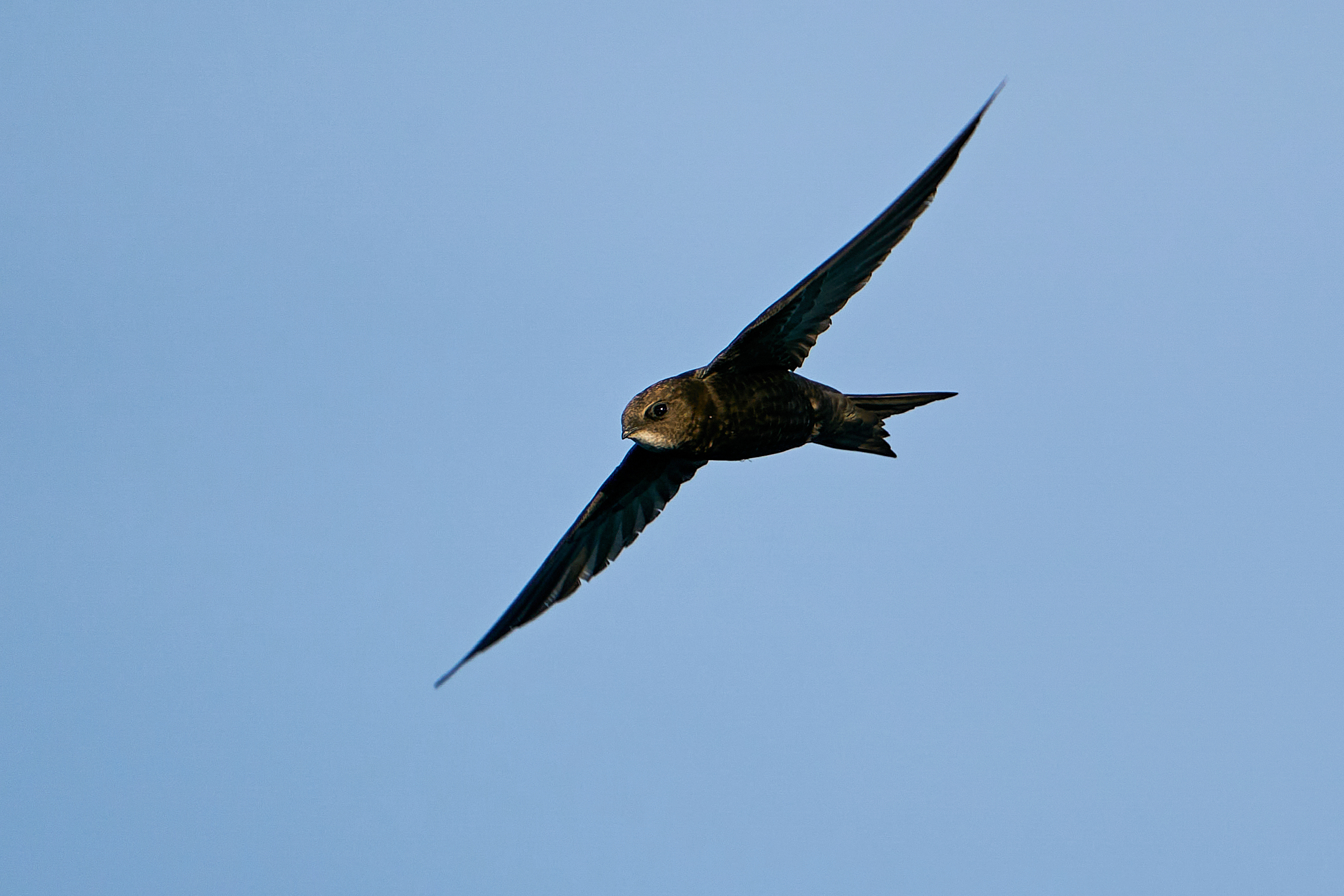
Birds, with their remarkable ability to fly vast distances, have developed unique sleep strategies to cope with the demands of long migratory journeys. One such adaptation is biphasic sleep, a pattern that involves two distinct phases: a brief period of deep sleep followed by a lighter, more alert state. This sleep strategy allows birds to rest while remaining vigilant to environmental cues and potential predators. During migration, some bird species, such as the Alpine swift, can stay airborne for months at a time, raising the question of how they manage to sleep without landing. Researchers have discovered that these birds engage in short bouts of sleep while flying, often during periods of gliding when energy expenditure is minimal. This ability to sleep on the wing is facilitated by the bird's capacity to enter a state of microsleep, where only a small portion of the brain is at rest, allowing the bird to maintain control and navigate its surroundings. Biphasic sleep in birds is not only a fascinating adaptation but also provides insights into the evolutionary pressures that shape sleep patterns. It highlights the importance of flexibility in sleep architecture, allowing animals to balance the need for rest with the demands of their environment. Understanding these patterns in birds can offer valuable lessons for optimizing human sleep, particularly in individuals who struggle with traditional sleep schedules.
3. The Sleep Secrets of Hibernating Animals
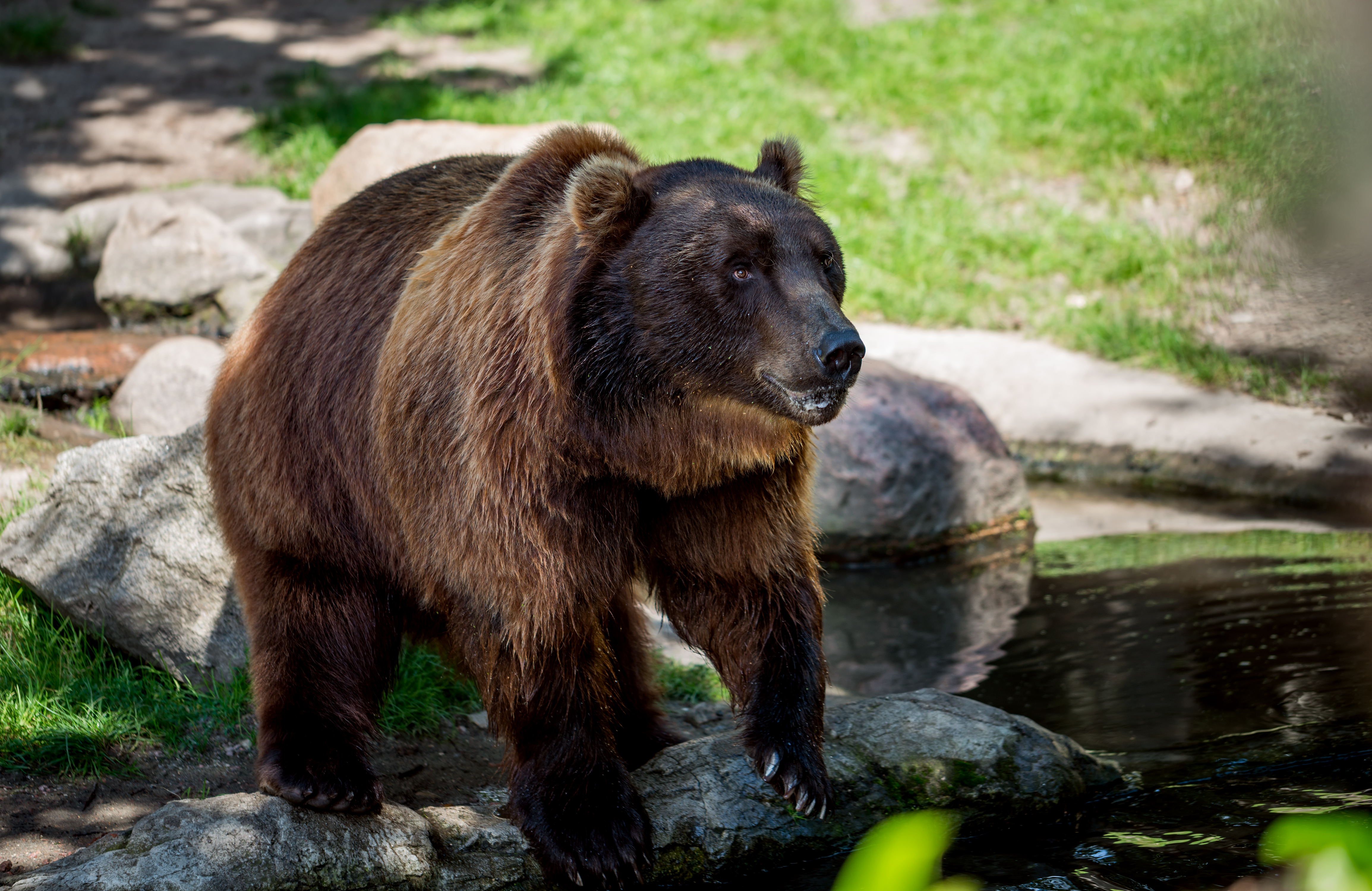
Hibernation is one of nature's most extraordinary survival strategies, allowing animals to endure harsh environmental conditions by entering a state of prolonged torpor. During hibernation, metabolic rates plummet, body temperatures drop, and physiological processes slow to a near standstill. This deep sleep-like state enables animals to conserve energy and survive periods of food scarcity. Hibernating animals, such as bears, bats, and ground squirrels, exhibit unique sleep patterns that are distinct from those of non-hibernating species. While in hibernation, these animals experience cycles of torpor and periodic arousals, during which they briefly wake to restore physiological balance and eliminate waste products. This cycle is crucial for maintaining health and ensuring survival throughout the hibernation period. The study of hibernation offers valuable insights into the mechanisms of sleep regulation and energy conservation. Researchers are particularly interested in how hibernating animals manage to avoid muscle atrophy and cognitive decline despite prolonged inactivity. Understanding these processes could have significant implications for human health, particularly in the fields of medicine and space exploration, where extended periods of inactivity are common.
4. The Mysterious Sleep of Sharks
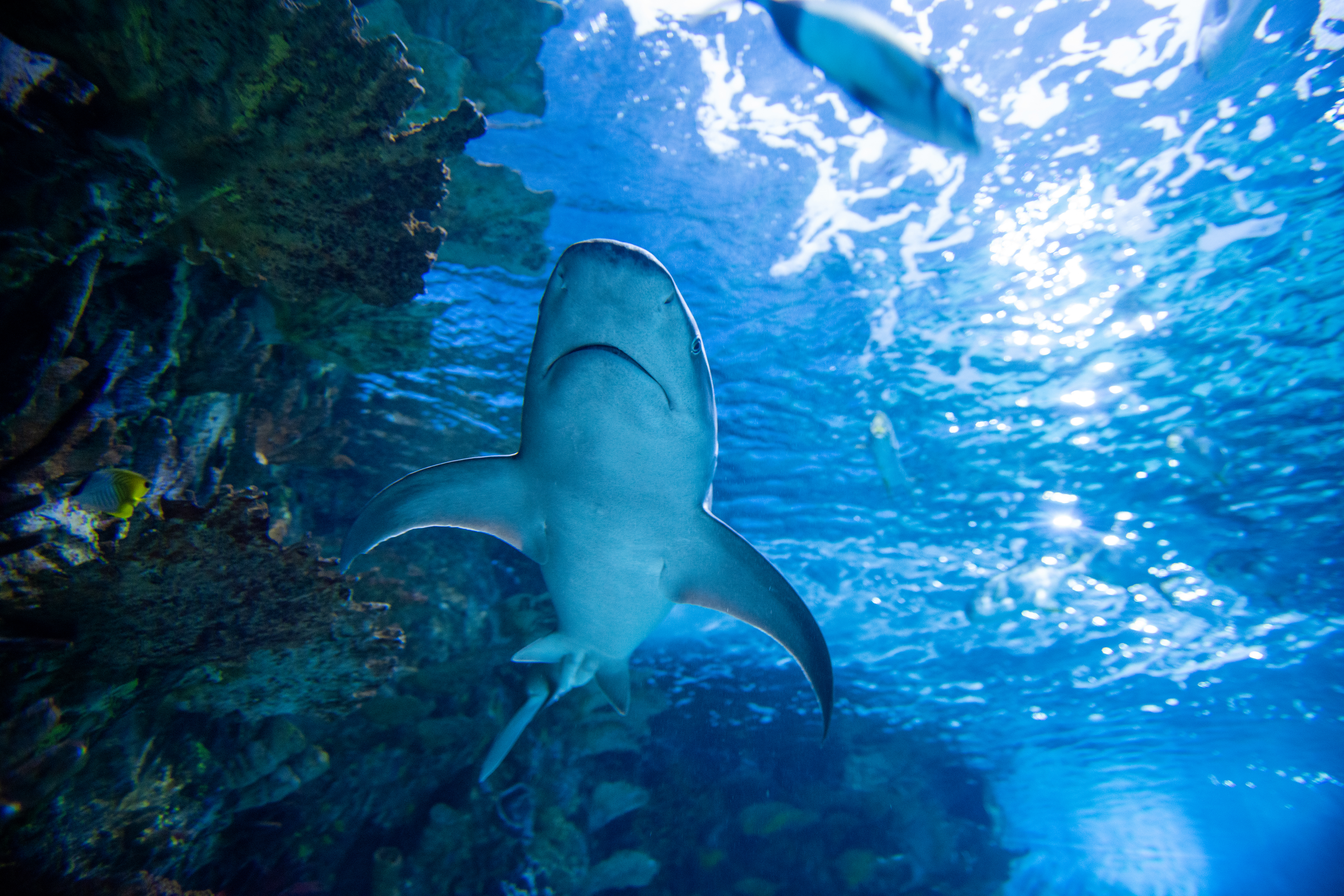
Sharks, the enigmatic predators of the deep, present a fascinating conundrum when it comes to sleep. Unlike most animals, sharks do not have a swim bladder to maintain buoyancy, requiring them to swim continuously to avoid sinking. This constant motion has led to the evolution of unique sleep behaviors that allow sharks to rest without ever stopping. Some shark species, such as the nurse shark, have been observed resting on the ocean floor, where they can pump water over their gills to breathe without swimming. Others, like the great white shark, exhibit a form of active rest, where they continue to swim but at a reduced pace, allowing their brain to enter a state of partial sleep. This adaptation is crucial for maintaining oxygen flow and ensuring survival in the aquatic environment. The study of shark sleep challenges our understanding of what constitutes true sleep and highlights the incredible diversity of sleep strategies in the animal kingdom. It raises intriguing questions about the evolutionary pressures that have shaped these behaviors and the potential for similar adaptations in other species. As researchers continue to explore the mysteries of shark sleep, they hope to uncover new insights into the fundamental nature of rest and its role in animal survival.
5. The Peculiar Sleep Habits of Giraffes
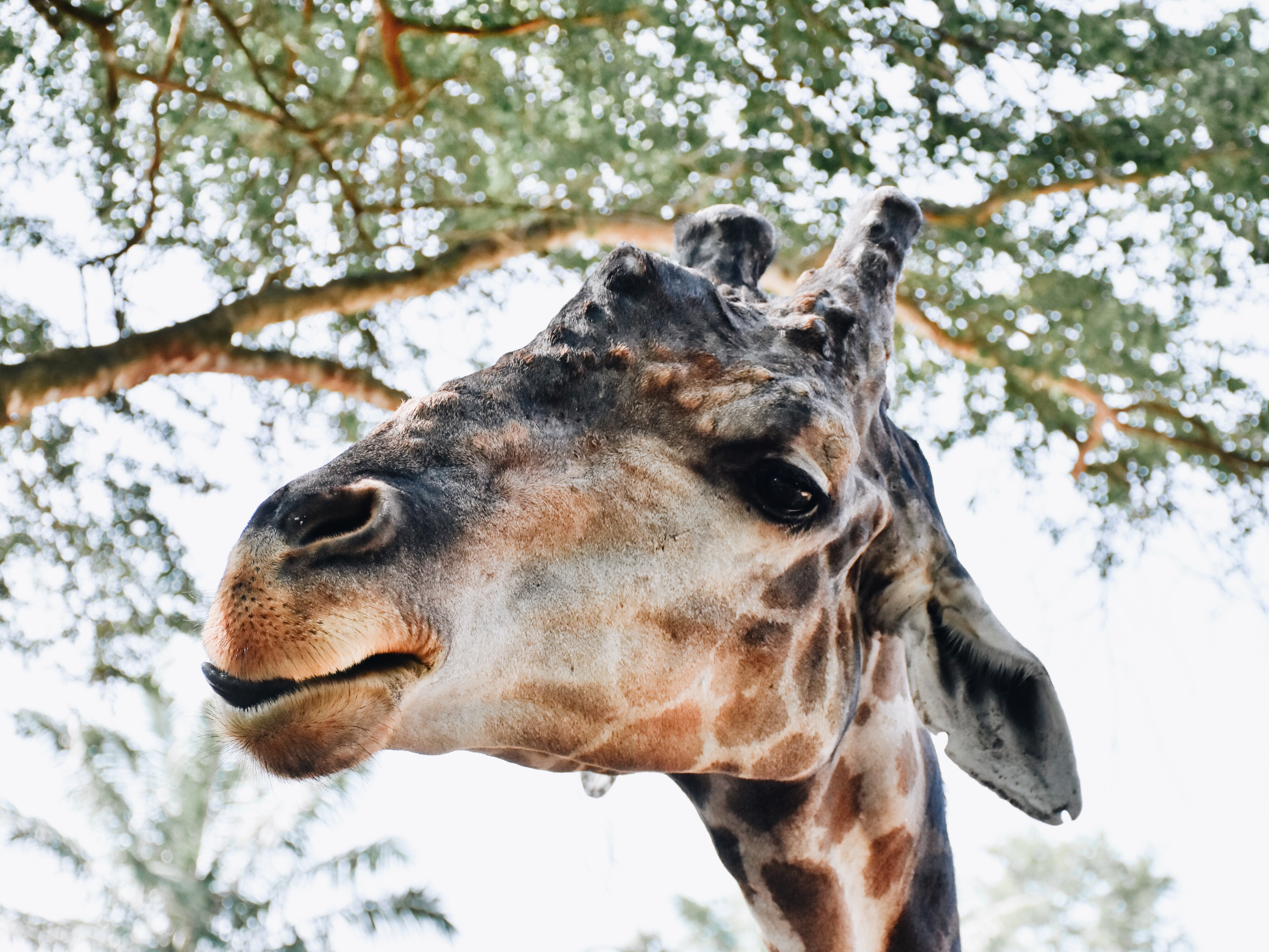
Giraffes, with their towering necks and long legs, are among the most iconic animals in the African savanna. Yet, their sleep habits remain one of the least understood aspects of their biology. Unlike most mammals, giraffes sleep for only a few hours each day, often in short, sporadic bursts that last just a few minutes at a time. This unusual sleep pattern is thought to be an adaptation to the giraffe's unique lifestyle and environment. As prey animals, giraffes must remain vigilant to the threat of predators, making prolonged periods of sleep impractical. Instead, they engage in a form of polyphasic sleep, where they alternate between brief naps and periods of wakefulness throughout the day and night. The giraffe's ability to function on minimal sleep raises intriguing questions about the role of sleep in cognitive and physical performance. Researchers are particularly interested in how giraffes manage to maintain alertness and coordination despite their limited rest. Understanding these mechanisms could have implications for human sleep research, particularly in the development of strategies for managing sleep deprivation and optimizing performance.
6. The Sleep Strategies of Migratory Fish
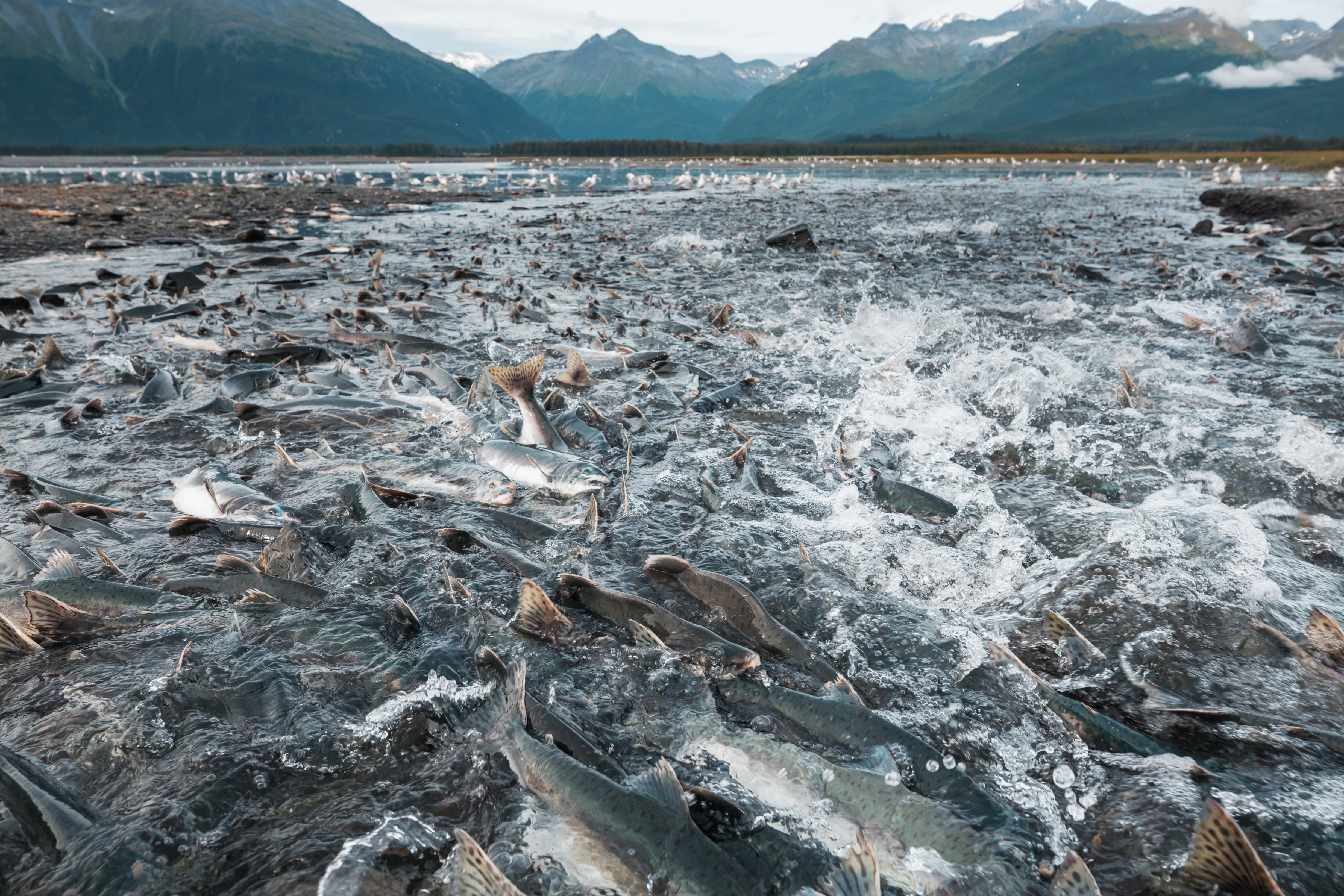
Migratory fish, such as salmon and eels, undertake epic journeys across vast distances, navigating complex aquatic environments to reach their spawning grounds. These migrations require immense energy and endurance, raising questions about how these fish manage to rest and recover during their travels. Research has shown that migratory fish employ a variety of sleep strategies to cope with the demands of migration. Some species, like the Atlantic salmon, engage in intermittent rest periods, where they reduce their activity levels and enter a state of low alertness. Others, such as the European eel, have been observed resting in sheltered areas, where they can conserve energy and avoid predators. The study of sleep in migratory fish provides valuable insights into the flexibility of sleep architecture and the ways in which animals adapt to changing environmental conditions. It highlights the importance of sleep in maintaining physical and cognitive performance and offers potential lessons for human endurance athletes and individuals who engage in prolonged physical activity.
7. Sleep in the Insect World
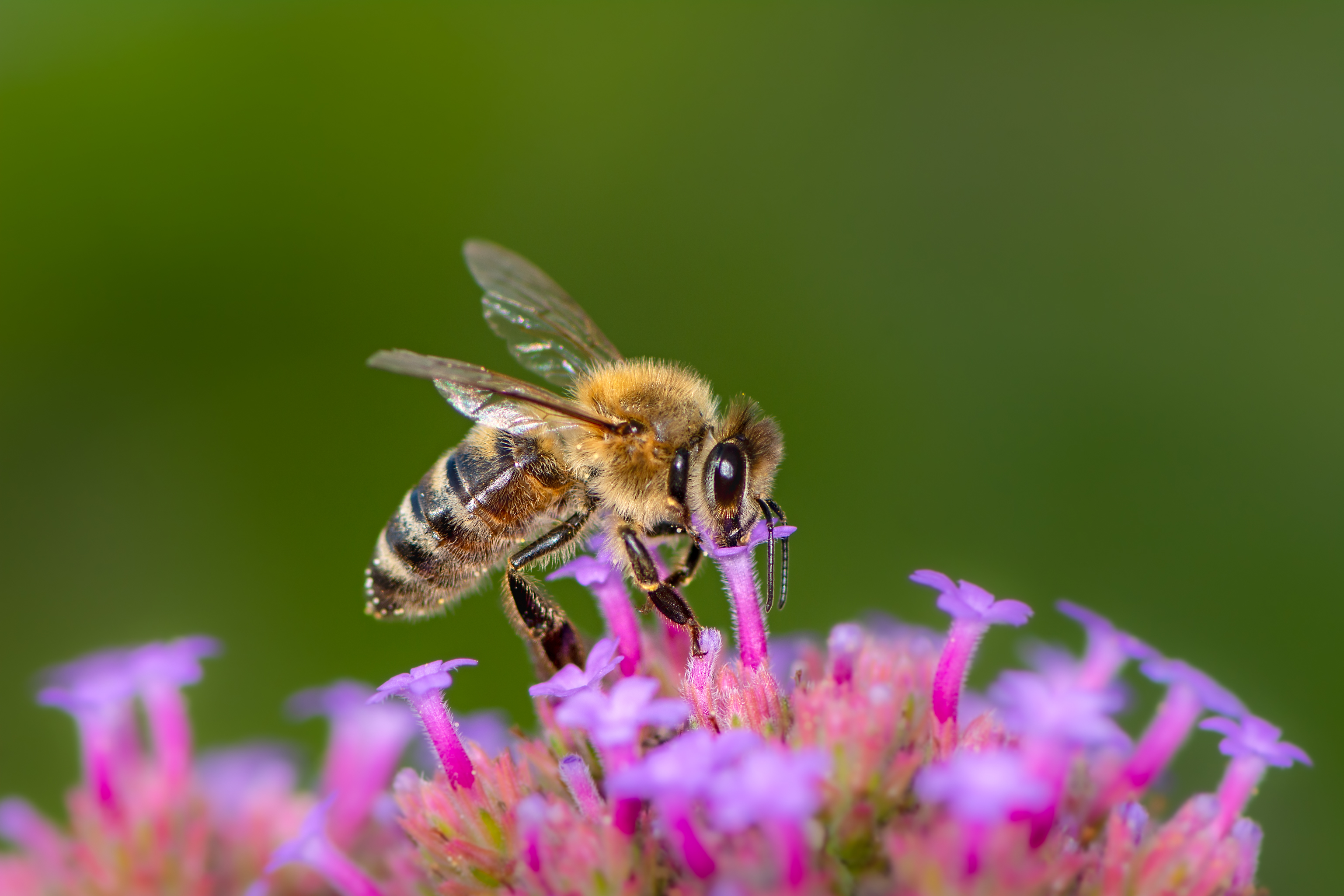
Insects, with their vast diversity and ecological importance, exhibit a wide range of sleep behaviors that are as varied as the species themselves. From bees that sleep in flowers to ants that engage in synchronized rest periods, the sleep habits of insects are a fascinating area of study that reveals the complexity of these tiny creatures. Insects typically engage in short bouts of sleep, often lasting just a few minutes, during which they enter a state of reduced activity and responsiveness. This pattern is thought to be an adaptation to the high metabolic rates and rapid life cycles of many insect species. Despite their brief sleep periods, insects are capable of remarkable feats of memory and learning, suggesting that even short bouts of rest can have significant cognitive benefits. The study of sleep in insects challenges traditional notions of what constitutes sleep and highlights the diversity of sleep strategies in the animal kingdom. It raises intriguing questions about the evolutionary pressures that have shaped these behaviors and the potential for similar adaptations in other species. As researchers continue to explore the mysteries of insect sleep, they hope to uncover new insights into the fundamental nature of rest and its role in animal survival.
8. The Sleep Patterns of Reptiles and Amphibians
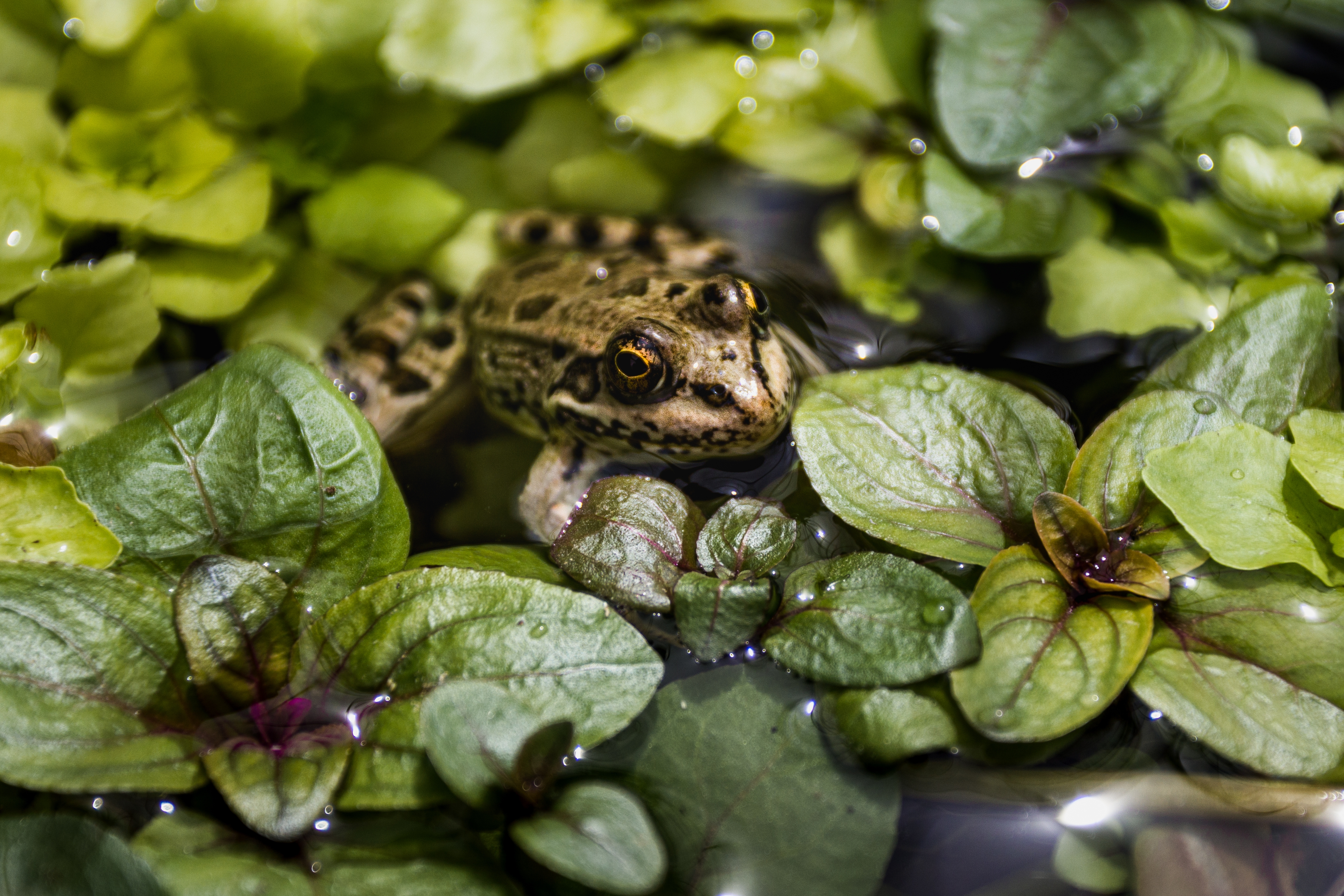
Reptiles and amphibians, with their cold-blooded physiology and diverse habitats, exhibit a wide range of sleep behaviors that reflect their unique ecological niches. From frogs that enter a state of torpor during winter to snakes that engage in long periods of inactivity, the sleep habits of these creatures are a fascinating area of study that reveals the adaptability of life on Earth. Reptiles and amphibians typically engage in periods of rest that are characterized by reduced activity and responsiveness. This state is thought to be an adaptation to the energy demands and environmental conditions of their habitats. Some species, such as the green iguana, have been observed engaging in a form of unihemispheric sleep, where one hemisphere of the brain remains alert while the other rests. The study of sleep in reptiles and amphibians provides valuable insights into the diversity of sleep strategies in the animal kingdom and the ways in which animals adapt to changing environmental conditions. It highlights the importance of sleep in maintaining physical and cognitive performance and offers potential lessons for human sleep research, particularly in the development of strategies for managing sleep deprivation and optimizing performance.
9. The Role of Sleep in Predator-Prey Dynamics
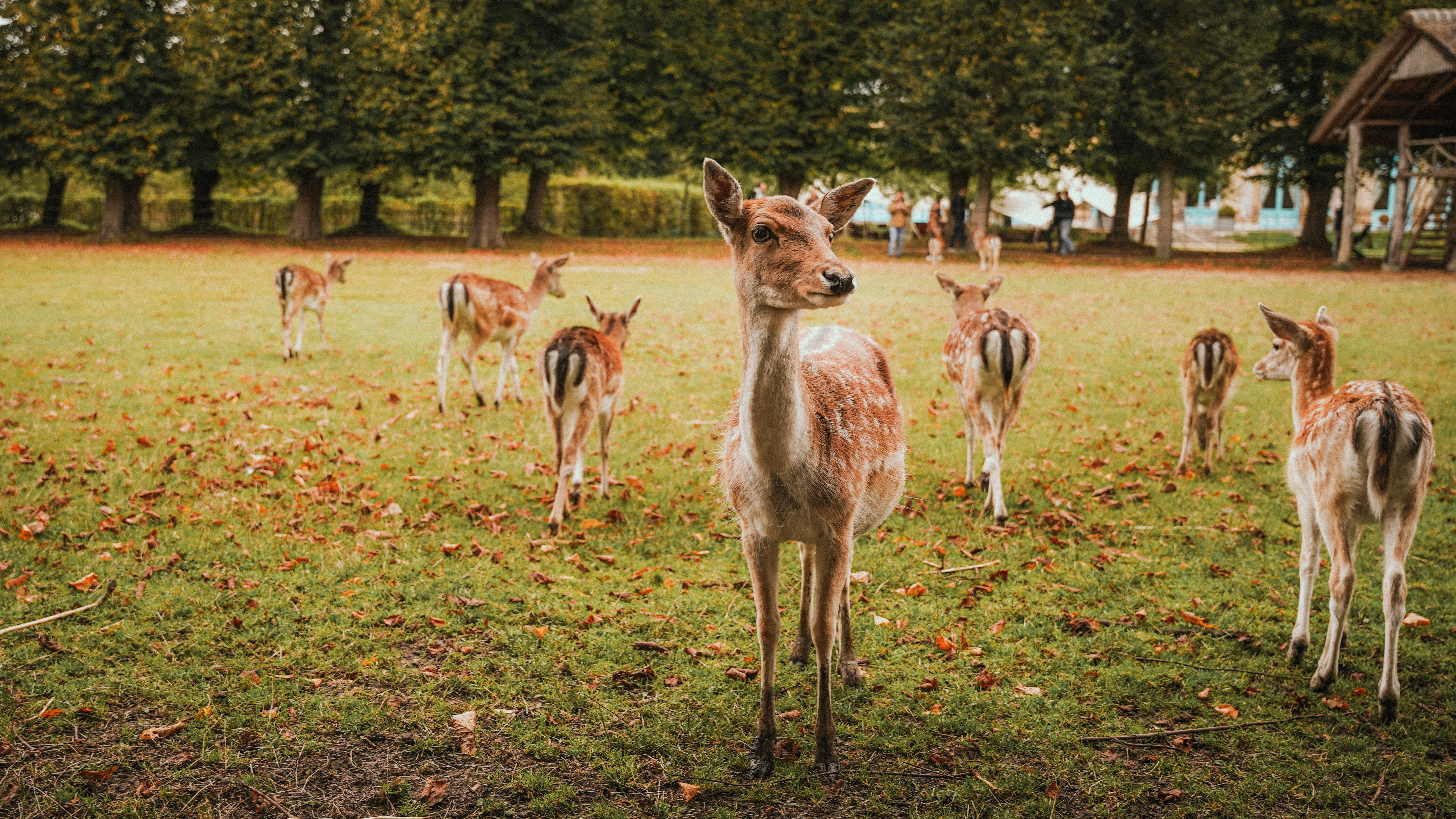
In the animal kingdom, the balance between sleep and survival is a delicate one, particularly for prey species that must remain vigilant to the threat of predators. This dynamic has led to the evolution of a wide range of sleep strategies that allow animals to rest while minimizing their risk of predation. Prey animals, such as deer and rabbits, often engage in polyphasic sleep, where they alternate between brief naps and periods of wakefulness throughout the day and night. This pattern allows them to remain alert to potential threats while still achieving the restorative benefits of sleep. In contrast, predators, such as lions and wolves, often engage in longer periods of rest, allowing them to recover from the physical demands of hunting. The study of sleep in predator-prey dynamics provides valuable insights into the evolutionary pressures that shape sleep patterns and the ways in which animals adapt to their environments. It highlights the importance of flexibility in sleep architecture and offers potential lessons for human sleep research, particularly in the development of strategies for managing sleep deprivation and optimizing performance.
10. The Influence of Environmental Factors on Sleep
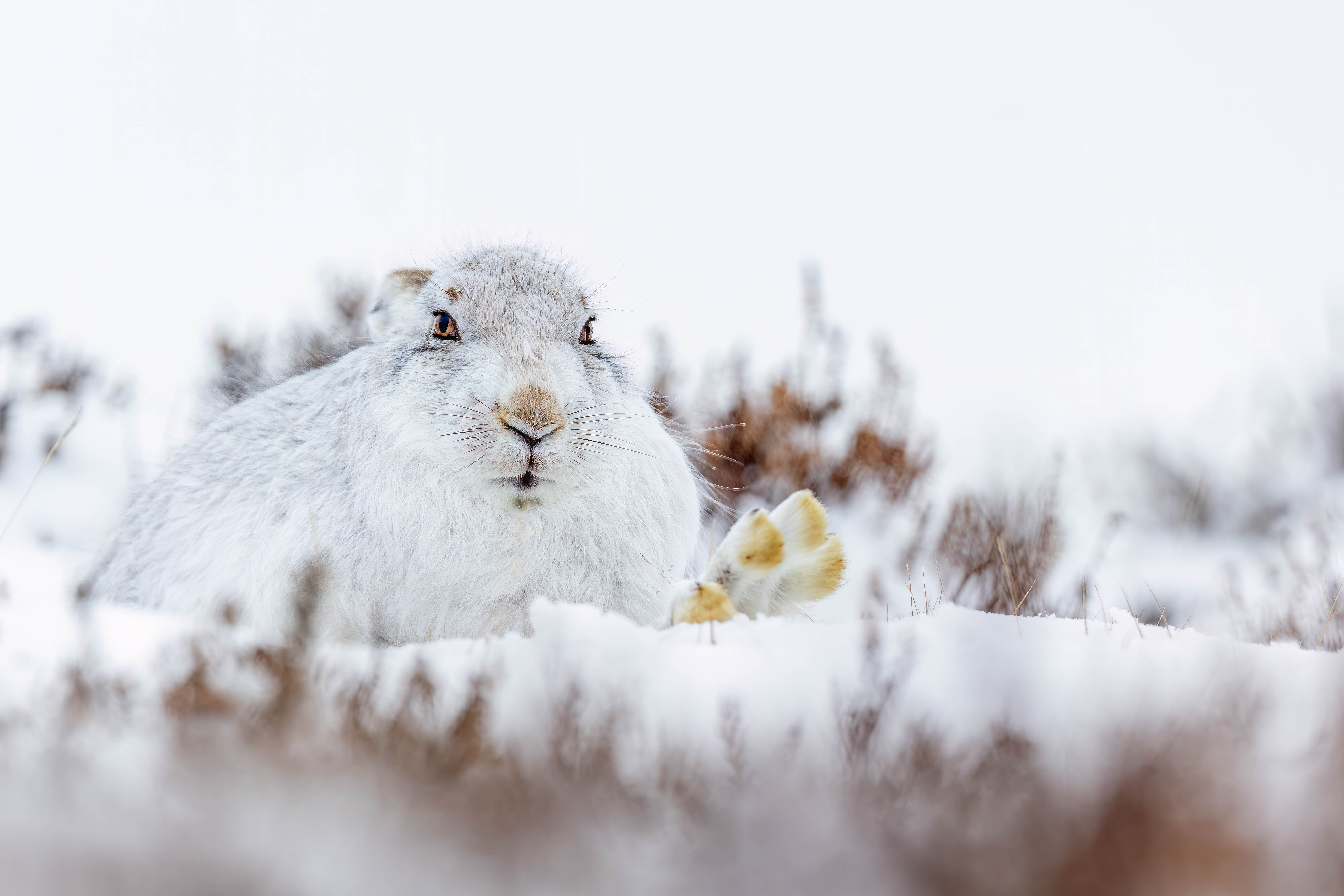
Environmental factors, such as temperature, light, and food availability, play a crucial role in shaping the sleep patterns of animals. From animals that hibernate during winter to those that adjust their sleep schedules in response to changing seasons, the influence of the environment on sleep is a fascinating area of study that reveals the adaptability of life on Earth. Animals that inhabit extreme environments, such as the Arctic tundra or the Sahara Desert, often exhibit unique sleep behaviors that reflect the challenges of their habitats. For example, some species of Arctic birds have been observed adjusting their sleep schedules to take advantage of the long daylight hours of summer, while desert rodents engage in periods of torpor to conserve energy during the hottest parts of the day. The study of the influence of environmental factors on sleep provides valuable insights into the flexibility of sleep architecture and the ways in which animals adapt to changing conditions. It highlights the importance of sleep in maintaining physical and cognitive performance and offers potential lessons for human sleep research, particularly in the development of strategies for optimizing sleep in challenging environments.
The Future of Sleep Research
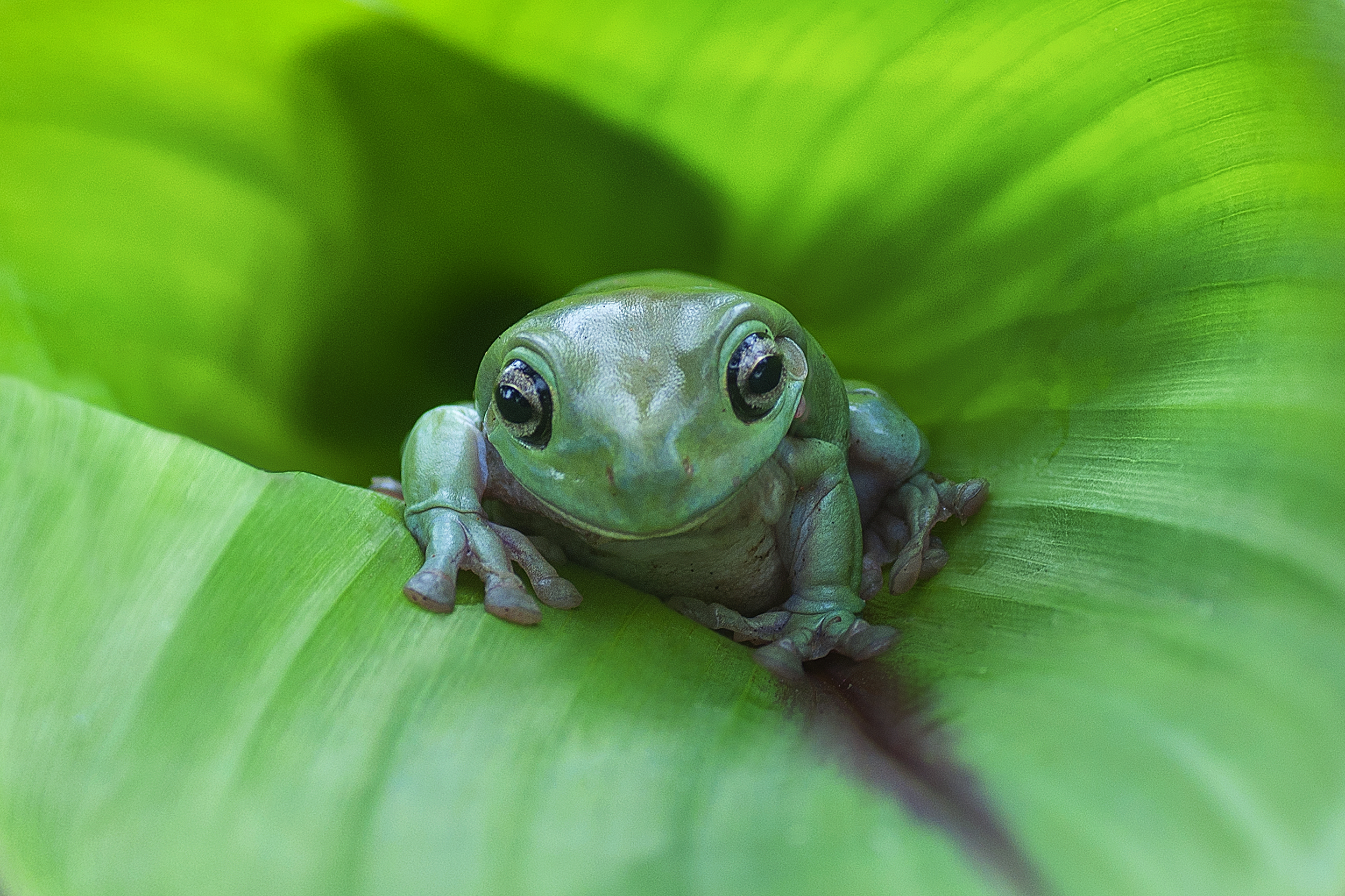
As we conclude our journey through the enigmatic world of unusual animal sleep habits, it becomes clear that the diversity of sleep strategies in the animal kingdom is a testament to the adaptability and ingenuity of life on Earth. From the unihemispheric sleep of marine mammals to the biphasic patterns of birds, each adaptation reveals a unique aspect of the evolutionary pressures that have shaped these behaviors. The study of animal sleep offers valuable insights into the fundamental nature of rest and its role in survival, providing potential lessons for human sleep research and the development of strategies for optimizing performance and managing sleep deprivation. As researchers continue to explore the mysteries of sleep, they hope to uncover new insights into the mechanisms of sleep regulation and the ways in which animals adapt to their environments. The future of sleep research holds great promise, with the potential to revolutionize our understanding of sleep and its role in health and well-being. By studying the sleep habits of animals, we can gain a deeper understanding of the evolutionary pressures that have shaped these behaviors and the potential for similar adaptations in humans. As we continue to explore the mysteries of sleep, we can look forward to a future where the secrets of rest are fully understood and harnessed for the benefit of all.







